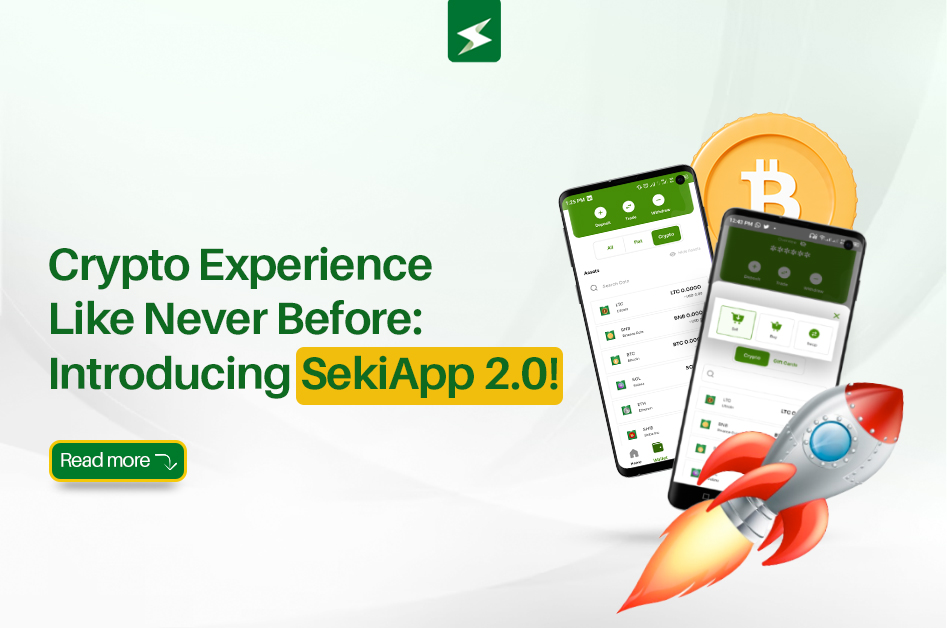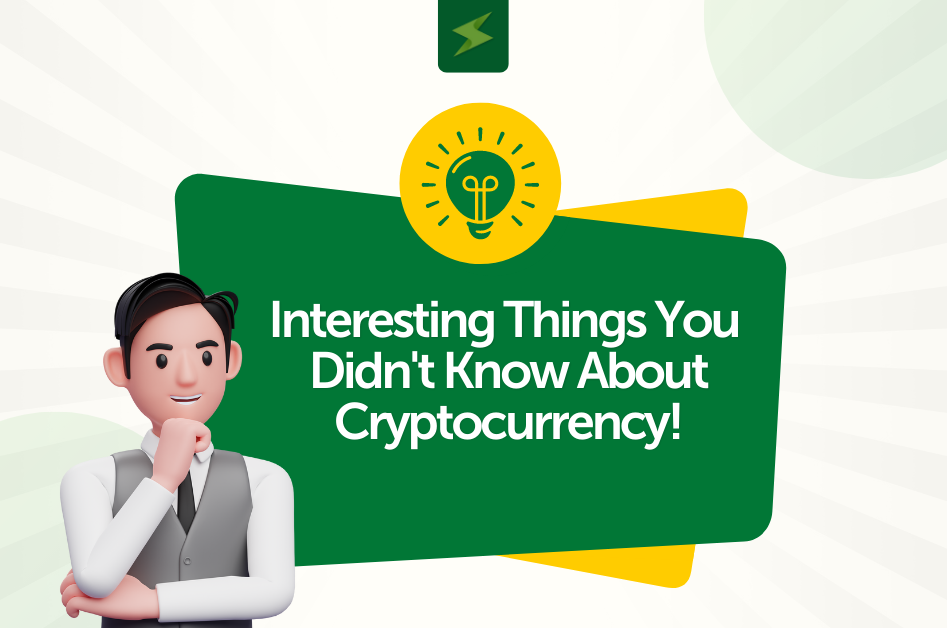Toncoin (TON) stands at the intersection of innovation, decentralization, and community-driven development. It’s more than just a cryptocurrency; it’s a testament to resilience and adaptability in the ever-evolving landscape of blockchain technology.
The Genesis
TON’s story began with two brothers: Nikolai and Pavel Durov. These visionaries, fueled by a passion for privacy and empowerment, embarked on a mission to create a decentralized platform that would transcend borders and intermediaries. Their brainchild? The Telegram Open Network (TON).
Back in 2017, the Telegram team was already hard at work, crafting the codebase for what they initially called the Telegram Open Network (TON). At its core was a native cryptocurrency named “Gram”. The promise was grand: faster transactions, scalability, and a seamless user experience. Telegram’s massive user base eagerly awaited this new digital frontier.
The SEC Showdown
But fate had other plans. In May 2020, the Securities and Exchange Commission (SEC) dropped the hammer. They deemed Gram a security, and Telegram’s involvement with TON came to an abrupt halt. The Gram token, which was supposed to fuel the network, never saw the light of day.
The Durov brothers, undeterred, took a bold step. They relinquished control, releasing the TON codebase into the wild. An independent community of developers and blockchain enthusiasts picked up the torch. And thus, The Open Network (TON) was born.
The TON Foundation
At the heart of this decentralized movement stands the TON Foundation, a Switzerland-based non-profit organization. Their mission? To nurture and guide TON’s growth. They’re the stewards of a vision that transcends corporate interests—a vision where power is distributed, censorship is challenged, and innovation thrives.
Toncoin: The Native Currency
With the rebranding from “Telegram Open Network” to simply “The Open Network,” the native cryptocurrency also got a makeover. Say hello to Toncoin (TON). It’s the lifeblood of the TON ecosystem—a digital asset that powers transactions, fuels smart contracts, and incentivizes network participants.
What is the Consensus Model Used by Toncoin?
Toncoin doesn’t rely on energy-intensive proof-of-work (PoW) like Bitcoin. Instead, it embraces the more eco-friendly proof-of-stake (PoS) consensus model. Here’s how it works:
Validators: Instead of miners, TON has validators. These validators stake their Toncoins as collateral to participate in block validation. The more coins they stake, the higher their chances of being chosen to create new blocks.
Random Selection: Validators are randomly selected to propose and validate blocks. This randomness ensures decentralization and prevents centralization of power.
Security and Scalability: PoS reduces energy consumption and allows for faster transactions. Validators have a vested interest in maintaining network integrity since their stakes are on the line.
Challenges and Rewards: Validators can be challenged if they misbehave (e.g., by proposing invalid blocks). Successful validation earns them rewards in Toncoins.
What Makes Toncoin Unique?
TON has a multi-level structure built on the principle of sharding or segmentation (TON can be thought of as “a blockchain of blockchains”). TON’s sharding feature involves the use of multiple subnets (shards) on the same blockchain, where each shard has a specific purpose. It allows the network to avoid the accumulation of unverified blocks and significantly speeds up tasks. This sharding technology enables TON to scale effectively and efficiently, meaning that TON can theoretically perform a near-limitless number of simultaneous, ultra-fast transactions.
TON’s capacity to scale while ensuring transactions remain cheap and fast is just one of the reasons that Telegram has endorsed TON as their official Web3 infrastructure. Telegram and the TON Foundation will integrate and promote the TON-based Web3 ecosystem in Telegram. The partners’ mission is to onboard 30% of all Telegram users to TON by 2028. Telegram’s commitment to TON blockchain provides developers and merchants across the world with unrivalled access to a rapidly expanding global audience of Web3 familiar users. Alongside this unprecedented access, TON’s role as Telegram’s official Web3 infrastructure has also supported the development of a best-in-class cryptocurrency payments solution. Wallet, a TON-based platform directly integrated into Telegram, enables instantaneous P2P transactions and borderless payments for merchants within Telegram. Wallet’s unique value as a crypto-based payments facilitator was recently cemented with the announcement that, in conjunction with Telegram, Tether, and TON Foundation, Wallet would now enable users to make low-cost USDT payments with the click of a button, making crypto as easy as texting.
TON also offers the following services: TON Storage offers the benefits of private encryption using the private key of the owner’s wallet; TON Proxy uses all platform components and allows clients to access the TON blockchain via decentralized VPNs; and TON DNS (decentralized name system) makes it possible for traditional websites to work in the TON network, allowing users to set short, readable names.
Conclusion
Toncoin isn’t just lines of code; it’s a testament to resilience, community, and the pursuit of a decentralized future. As we navigate this crypto landscape, let’s keep our eyes on TON—the network that defied odds, adapted, and continues to evolve. Trade TON on SekiApp now.











